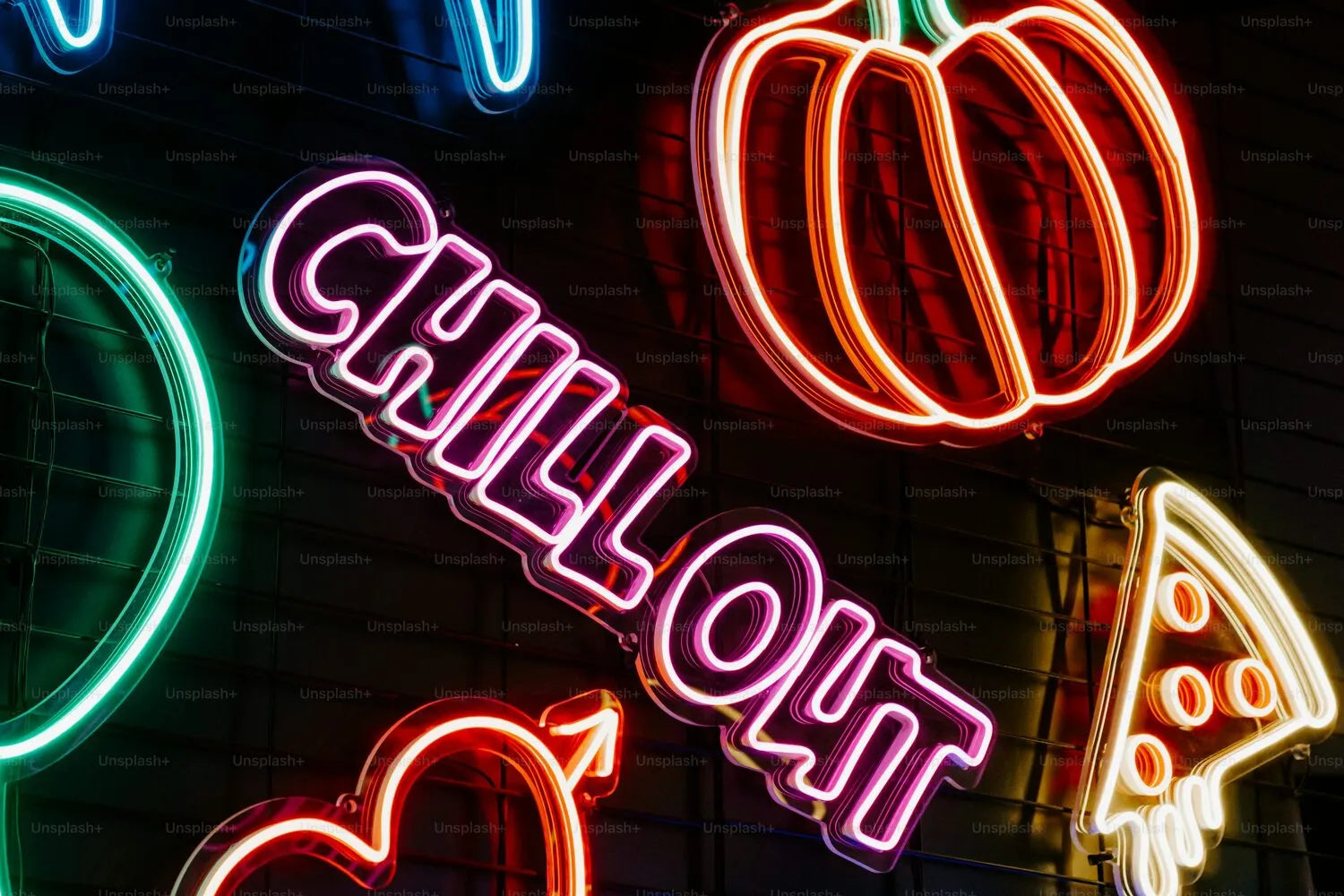Are neon signs bad for the environment?
Neon signs have become an icon of the urban landscape, bringing vibrancy and nostalgia to cities around the world. However, as we become aware of the environmental impact, it becomes important to consider the effects that neon signs can have on the planet. In this article, we'll explore whether neon signs are bad for the environment, and whether there are ways to minimize their potential impact.
Impact of neon signs on the environment
To accurately assess the environmental impact of neon signs, we need to consider many different aspects such as energy consumption, materials used and waste generation . Let's dive deeper into each of these factors to better understand the impact of neon signs on the environment.
Energy consumption
Neon signs are known for their bright glow, which is created using charged gas-filled tubes. This process requires electricity to excite the gas atoms and create the characteristic neon light. Although neon signs consume energy, advances in technology have made them more energy efficient in recent years. Older neon signs were notorious for consuming a lot of energy, but modern neon signs use energy-efficient transformers and power supplies. Additionally, the development of LED alternatives has further improved energy efficiency in illuminated signs. LED signs consume significantly less energy than traditional neon signs, making them a greener choice for businesses and advertisers. You can buy those signs at Exo Neon easily.
Materials used
Materials used in neon signs can also have an impact on the environment. Neon signs typically consist of gas-filled glass tubes, mounted on a metal frame. The production of these ingredients may involve the mining and processing of raw materials, which can contribute to environmental degradation. However, efforts can be made to minimize the environmental impact of materials used in neon signs. For example, using recycled glass for tubes and choosing sustainably sourced metals can reduce the ecological footprint. Additionally, proper waste management and recycling measures for end-of-life neon signs can further reduce the environmental impact.
Read more: Custom neon signs
Neon signs and waste generation
When neon signs reach the end of their lifespan or need replacement, it is essential to consider proper waste management. Disposing of neon signs as regular waste can lead to environmental pollution. However, recycling components such as glass tubes and metal frames can help reduce waste and promote resource conservation. Furthermore, advances in neon sign technology have resulted in longer lifespans and reduced maintenance needs. This means fewer signs need to be replaced and therefore creates less e-waste.
In short, although neon signs consume energy, advances in technology have made them more energy efficient. Choosing LED alternatives can significantly reduce energy consumption. Materials used in neon signs can have an impact on the environment, but using recycled materials and proper waste management practices can minimize this. By considering energy consumption, materials used and waste generation, we can make informed choices to minimize the environmental impact of neon signs while still enjoying their iconic and nostalgic appeal in the urban landscape.

